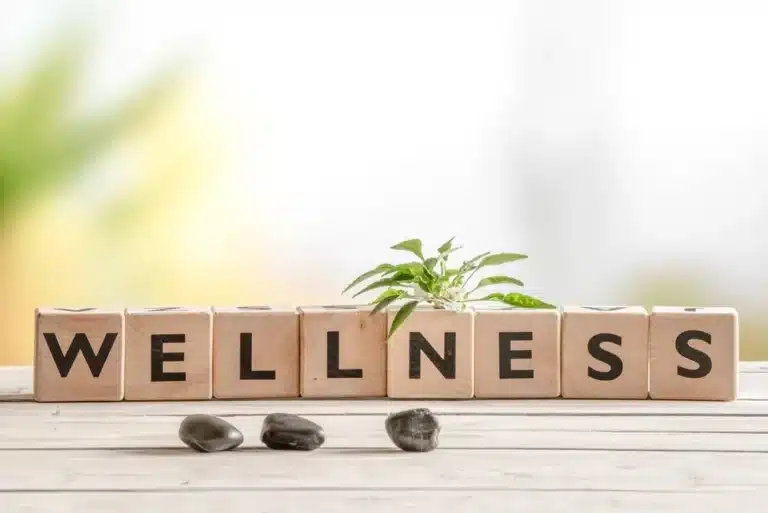Learning that someone you live with tested positive for COVID-19 is a cause of concern for both of you, as well as the other family members or individuals. This is an important situation to consider since nearly one in five people (19 percent) that live in the same household as a COVID-19 patient can contract the virus.
Currently, vaccines are being shipped around nationally and internationally. More labs are developing medication, screening COVID-19 inhibitors and still studying the virus to develop a cure, if not defenses against the virus. But despite the promises of vaccines, one cannot wait for a cure. Instead, one must take it upon themselves to keep everyone safe as they live with a patient.
In order to care for a person with COVID-19 while keeping yourself healthy, consider the following steps.
Get Tested
If someone in your home has tested positive for SARS-COV-2, get a COVID-19 test for yourself. However, even if your test comes out as negative, don’t rule out early infection. This is when the virus can be below the level of detection, which could lead to a false negative. The sensitivity of the tests increases seven days after the last exposure so get yourself tested during or after that window.
If you are unable to obtain a test or prefer not to be tested, quarantine yourself for 14 days, as long as you don’t develop any symptoms. Anyone who came into contact with the patient must also be informed and must be assumed positive.
Limit Contact
In the Centers for Disease Control and Prevention (CDC)’s guidelines, if there is a person with COVID-19 living in your home, you must:
- Separate the patient from others in the home.
- If possible, have them use a separate bathroom and bedroom.
- Have everyone in the household stay at least six feet away from the patient as often as possible.
The person with COVID-19 should be quarantined for a minimum of 14 days since they tested positive or developed the symptoms. The duration is longer for patients with severe cases.
If you live in a smaller home, keep the patient as far away as possible from the others. The farther away the patient is from others, the lower the risk of other members contracting the virus.
Wear a Mask
According to the CDC, the person who is sick should wear a mask and so should the people living with them. Masks contain respiratory infections from the mouth and nose of the patient. But recent data supports that masks also protect individuals from being infected, too.
While wearing a mask does not guarantee full protection against contracting COVID-19, it reduces your chances. A surgical mask is the best option, especially if it’s well sealed. Cloth masks fall into second place but are better to wear than nothing. If you do not have either, wear a shirt over your mouth and nose to protect yourself.
Wearing a face shield or goggles when you’re near the patient can also keep the virus from directly entering your body through your eyes.
Wash Your Hands and Disinfect Surfaces
Maintaining good hygiene reduces the risk of infection. Wash your hands often and vigorously for at least 20 seconds, especially if you were near the patient. Top it off by using hand sanitizer or alcohol, which you can also use if soap and water are not available. Finally, avoid touching your nose, eyes and mouth with unwashed hands.
Keep the Windows Open
Improve ventilation in your home by keeping the windows open, even if you have to turn up the heat. COVID-19 remains in the air as small droplets that can infect others. By keeping the windows open, you reduce the risk of infection.
Proper precautionary measures can keep your loved ones safe while a patient with COVID-19 heals within your space. Practice these measures to ensure safety and good health in your house.












